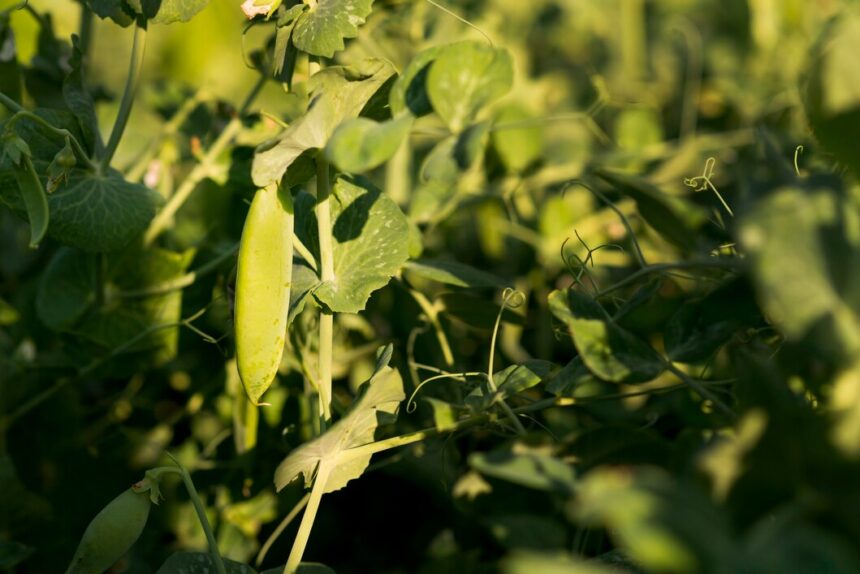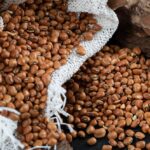Weevils are small beetles that can cause significant damage to stored peas and other legumes. Early detection of weevil infestation is crucial for effective management and prevention of crop loss. Here are ten early signs that your peas may be infested with weevils:
1. Visible Holes in the Peas
One of the most noticeable signs of weevil infestation is the presence of tiny holes in the peas. These holes are created when adult weevils bore into the seeds to lay their eggs. If you notice any suspicious holes, it’s a strong indication of a potential infestation.
2. Dust or Powder Residue
Weevils often leave behind fine, powdery frass (insect excrement) that resembles dust. This residue can accumulate in storage containers or on the surface of your peas. If you find this powder, it is a clear sign that weevils have been active.
3. Abnormal Pea Texture
Infested peas may exhibit changes in texture. Healthy peas are firm and smooth, while infested ones may feel soft or shriveled due to damage from weevils feeding on the seeds.
4. Presence of Adult Weevils
Adult weevils are small, usually measuring about 1/8 to 1/4 inch long, and have a distinctive elongated snout. If you spot these beetles around your peas or in your storage area, it indicates an active infestation.
5. Increased Pest Activity
Increased sightings of weevils or their larvae in and around your storage area can be a warning sign. If you notice more bugs than usual, it might be time to inspect your peas closely.
6. Larval Presence
Weevil larvae can be found inside the peas, where they continue to feed. If you cut open any peas and see small, white, legless larvae, you are dealing with a significant infestation.
7. Discoloration of Peas
Infested peas may show signs of discoloration or browning, particularly around the areas where weevils have fed. This discoloration can indicate that the peas are no longer healthy.
8. Unusual Odors
A musty or unusual smell emanating from your stored peas can suggest the presence of weevils. The odor often results from the decay of infested peas and should not be ignored.
9. Inconsistent Pea Size
Weevils may prefer certain peas over others, leading to inconsistencies in size within your batch. If you notice a variety of sizes, it may be a sign of selective feeding by weevils.
10. Decreased Germination Rates
If you’re using your peas for planting, a sudden decrease in germination rates can indicate that the seeds have been compromised by weevils. It’s essential to test a few seeds to assess their viability.
Detecting weevils early is key to protecting your pea harvest. Regularly inspect your stored peas for these signs, and take immediate action if you suspect an infestation. Implementing preventive measures, such as proper storage techniques and pest management practices, can help safeguard your peas from weevil damage.







